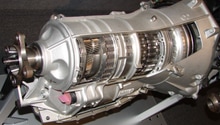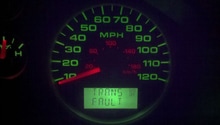Ford F-150/F-250: Why Does My Transmission Shudder?
A shuddering transmission could mean a very expensive repair in the future if not taken care of in a short amount of time. This article covers some different ways you can diagnose and fix the shudder yourself without having to visit a mechanic.
This article applies to the Ford F-150 (2004-2014) and F-250 Super Duty (2005-2014).
A transmission that shakes and shudders like it's trying to rip the car apart is often indicative of some serious issues. There are some that an automotive novice can at least identify themselves. However, repairing a transmission is a technically challenging process. Figure out what could be going wrong with your Ford F-150 or F-250's transmission before throwing money at the problem.
Step 1 – Pull the diagnostic trouble codes
Whenever something electronic malfunctions in your F-150 or F-250, the truck registers a code in its computer so that service technicians have a shortcut towards figuring out the problem. These are called Diagnostic Trouble Codes, or DTCs for short. There are two ways to access the codes. An OBD scanner can connect to your truck and report the codes to you on a screen. More expensive ones will actually tell you what the code means, too. If you don’t have a scanner, most auto parts store will pull the codes for you for free. Pulling the codes can be a very helpful way to pinpoint a problem. Even if the check engine light isn’t on yet, a code could be stored so it’s definitely worth it to check that first.
Step 2 – Check the transmission fluid
Check Transmission Fluid Level
The truck must be running and warmed up to properly check the level. Taking a short trip beforehand to warm up the transmission is recommended. If the fluid is low, top it off using the proper fluid and then check for leaks. If it’s way too high, consider draining some fluid from the pan.

Figure 1. Your transmission fluid should be in this range when warm (approx 150°F to 170°F). 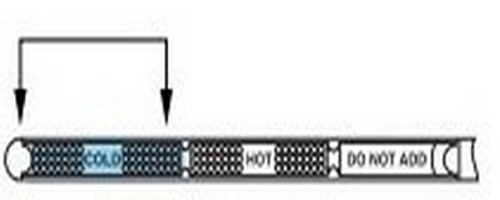
Figure 2. Your transmission fluid should be in this range when cold.
Check Transmission Fluid Color/Smell
Transmission fluid is burnt when it smells "burnt". It will also be more brown than pink. Change your transmission fluid if this is the case.
If the fluid is foamy with a consistiency and color similar to a milkshake, then engine coolant has mixed in with your transmission fluid. This probably stems from a leak between the transmission fluid cooler and the radiator, causing the two fluids to mix. You will have to rebuild your transmission if this happens. The gears, clutches, and valving of a transmission will damage themselves if you have anything other than transmission fluid in the transmission.

Step 3 – Pull transmission pan
These next two steps are far more involved than simply pulling DTCs and checking transmission fluid. The steps aren't difficult; in fact, any moderately skilled mechanic should be able to handle this with no problems. Proceed if the DTCs point towards an issue with the valve body, or if there is some other reason to believe that your problem is in the valve body. Regardless, we recommend taking the truck in to the mechanic for this work if you're a novice. These steps are not thorough guides. They are overviews of different possible solutions.
Materials Needed
- 10mm socket
- Drain pan or bucket
- A lot of paper towels
- New filter
- New transmission fluid (Refer to owner’s manual for proper type and amount)
- Begin unbolting the pan by starting in one corner and working out from there. This'll help you control how the fluid spills out of the pan. Take care not to damage the gasket. You will reuse it when re-installing the pan.
- Once the pan is off, inspect for any clogged lines and remove any clogs. Clean the magnet in the pan. There may be small metal shavings on this, but those are acceptable. Large chunks of metal are not. Those chunks mean something has broken in the body of the transmission. Broken internal transmission components necessitate a full rebuild.
- Lastly, install the new filter, re-install the pan, refill the fluid, and check for any leaks. Remember to tighten in a crisscross pattern until firm, and then another quarter turn. Over tightening the bolts will damage the gasket and pan.

Figure 4. This is the 4R75E transmission with its pan removed. 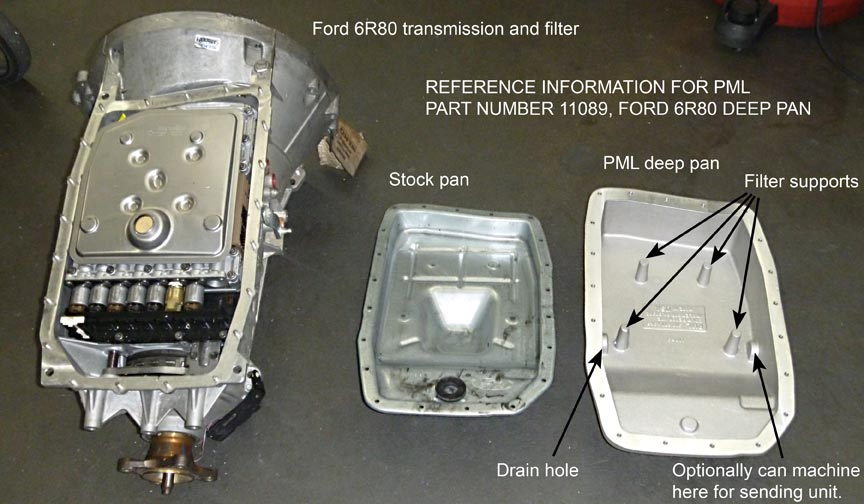
Figure 5. 6R80 with transmission pan removed.
Step 4 – Replace TCC Solenoid and wiring harness
Testing the TCC solenoid and wiring harness with a multimeter is an option, but that'll cost around $30 together. Replacing them outright is the better option.
Materials Needed
- 10mm socket
- 8mm socket
- New TCC Solenoid
- New transmission filter (might as well replace it)
- New wiring harness
- New transmission fluid
- Drain pan or bucket
- A lot of paper towels
Removal/Install
- Remove the transmission pan using the 10mm socket.
- Remove the transmission filter.
- Remove the wiring harness by unclipping it.
- Remove the black plastic arm connected to about 4 sensors.
- Remove the speed sensor via the 8mm and 10mm bolt.
- Remove the TCC solenoid by gently twisting it and pulling it down.
- Reverse these steps for the install.

Figure 6. This is the wiring harness inside a 4R70W transmission. Other Ford transmissions will have a similar part visible when you pull the transmission pan. 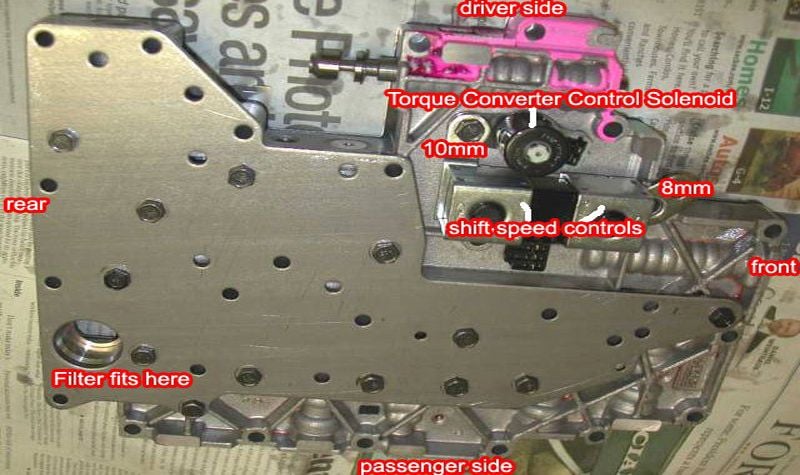
Figure 7. This is the valve body off of a 4R70W transmission.
For about everything you remove more fluid will drain, so be prepared to catch any fluid. Be careful not to over-tighten anything or strip any screws. Refill the fluid and check for leaks. At this time, if you haven’t already, take a test drive to see if what you have done has fixed your problem.
Step 5 – Clean valve body screen
If none of the above steps work, you will need to remove and clean all the screens in the valve body. This task is recommended only for those who are skilled mechanics; there are a lot of intricate pieces and any mistakes could ruin your transmission.
Pro Tip
Ford F-150's built with the 6R80 transmission have another common issue to look out for. The first is a damaged torque converter which will require a transmission rebuild to replace it. The second problem is a malfunctioning transmission fluid pump, which will require replacement.
Related Discussions and Sites
- How to Replace TCC Solenoid - F150online.com
- How to Replace TCC-Solenoid (another) - F150online.com
- Transmission Solenoids and Wiring Harness - Searchautoparts.com
- 6r80 Without Pan - Gdmjow.com
- 6r80 Trans Breakdown - Fordraptorforum.com
- 6r80 Valve Body Breakdown (With Failure Symptoms) - Amazonaws.com


